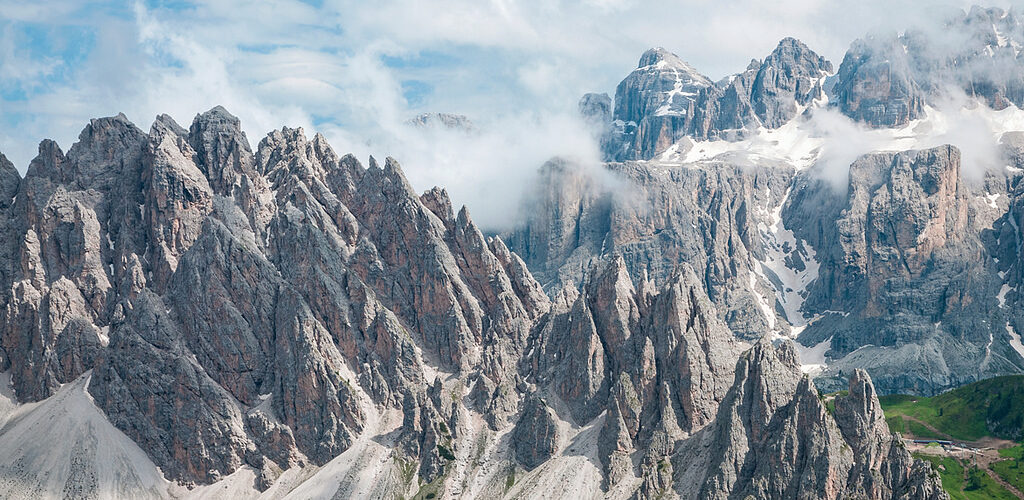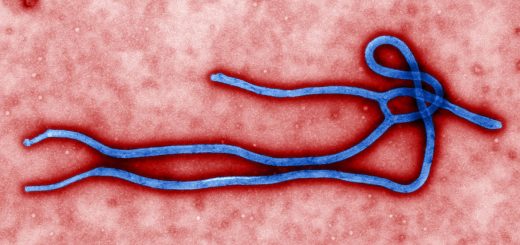Pastry sheds new light on mass extinction

What does a cream crown have in common with the Great Dying, also known as the Permian-Triassic Extinction Event? It might surprise you to know that there is any commonality between them at all. However, a very crucial one is the focus of a paper recently published in Geology: vanilla.
At the end of the Permian Period, about 252 million years ago, the world above sea level consisted of one big continent: Pangaea. It was during this time that the biggest extinction event in the known history of the world took place. A terrifying 96% of marine animals and 70% of terrestrial vertebrate species became extinct. It took up to 10 million years for life on Earth to recover.
Some of the reasons behind the extinction are still draped in mystery, or at least infiltrated by more hypotheses than evidence. Different phases of extinction have been suggested, generally describing a period of massive volcanic eruptions and climate change. As horrid as that sounds, it’s not all; it has further been suggested that as a result, heavy acid rain might also have been a significant contributor to the mass death.
Until now, this acid rain hypothesis has rested on simulations and theoretical suggestions. However, when a bunch of end-Permian rock samples were dug up in the Dolomite mountains in the Italian Alps, some actual evidence emerged with them 1. The soil organic matter (SOM), the part of soil originating from decomposed plants and animal tissue, proved to be rather telling indeed. In it the researchers discovered a surprising compound: vanilla.
Vanilla, or vanillin to be exact, is a common side product of decomposition in some plants. Vanillin on its own may not be particularly interesting when looking for clues in prehistoric soil, but the ratio between vanillin and vanillic acid is. Usually in soil, there is an abundance of vanillic acid compared to vanillin, because the vanillin readily alters its structure to become vanillic acid. However, the presence of vanillin in prehistoric soil isn’t common at all – usually vanillin/vanillic acid is decomposed by bacteria, yet the researchers found that the decomposition processes had stopped entirely, a situation that could be explained by extreme acidic conditions.
As vanillin is a widely used flavouring agent in the food industry, the conditions under which it changes are well understood. From food industry experiments looking at the vanillic acid/vanillin ratio in pasteurised milk samples, the researchers knew that oxidations (the process by which vanillin changes into vanillic acid) only takes place in environments with fairly neutral pH-values over 4, and that the optimum environment is pH 8. In the case of a neutral pH environment, then, the rock would have been enriched in vanillic acid rather than vanillin, as that would have been broken down.
Interestingly, the researchers did not find a large ratio – in fact, most of their samples contained a ratio smaller than 0.1. From this, they concluded that the oxidation of vanillin hadn’t in fact taken place, which indicates a then-pH-level of less than 4 – the usual pH of acid rain.
Acid rain is, as the name suggests, a baddie. Nobody wants to take a stroll in it, let alone find yourself trapped in an endless shower of it. It has severe effects for soil systems, plants, water and everything that lives in between. The trees get stunted root development and nutrient uptake and bacterial life in acid soil becomes less varied and rich. Fungi begin to slow their growth. Fish die out. It’s an unpleasant experience for everyone involved. It’s not hard to see, with the breakdown of the food chain, how acid rain could contribute to mass extinction.
Evidence for this scenario fits in well with the theoretical understanding. Acid rain is caused by sulfur dioxide and nitrogen oxide being released into the atmosphere through various processes, producing acids that fall as rain. One of the ways the conditions can be created naturally (i.e. not caused by humans) is through volcanic eruption – and this is precisely what happened. Specifically the Siberian Traps, an area of volcanic rock in current Russia, resulted in one of the largest known events of its kind, covering 2 million square kilometres (about 8 times the size of the UK) in lava, just around the end of the Permian period.
It also seems to correspond well with other evidence from the period. Back in 1996, a group of researchers discovered death patterns in the extinction 2. There was an unusual selectivity, in fact so much so that two groups could be presented as either ‘vulnerable’ (likely to die) or ‘tolerant’ (likely to survive). The two parameters that divided up the groups were: skeleton material (calcium carbonate or not) and buffer capability (in other words, physiological control over pH). An overwhelmingly clear pattern emerged: had you a calcium carbonate skeleton and were you unable to control pH, there was no way you could win; if, on the other hand, you did not have a calcium carbonate skeleton and you could control pH, you’d most likely live. Intermediate groups (one thing but not the other) showed intermediate survival rates. So, to be perfectly clear, if your bones dissolved in acid and you couldn’t protect yourself against it, you could wave the world goodbye.
So it seems not at all implausible that heavy acid rain could have had a significant impact on the biggest extinction event ever. There are still plenty of unanswered questions: can we find evidence for something similar in places other than the Italian alps? Was the Siberian eruption really enough to kill, directly on indirectly, almost all life on Earth? Was there maybe, like we generally think happened with the big Dinosaur Kill-Off, a rock-from-space-sort of impact event?
But most importantly: will we ever again look at pastries the same way?
This article was specialist edited by Jessica Bownes, and copy edited by Barry Robertson.
References
- Pdf of full paper.
- Pdf of full paper.










